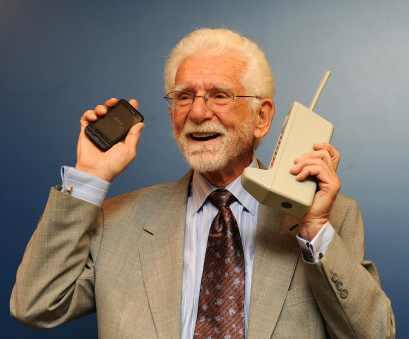Disclosure: This is a sponsored post meaning I have been compensated for this post, although all opinions and experiences are my own.
The History of Texting
Do you know how messages were sent before cell phones? I'll touch base on various ways of communication from centuries ago til today with text messaging.
Smoke Signals
Smoke signals are a form of visual communication which can travel over long distances and are one of the oldest forms of long distance communication. They were used to warn others of enemy attacks in Ancient China because they were able to be seen from tower to tower along the Great Wall. Native Americans also used this form of communication and each tribe had their own system. Typically the placement of the signal on a hill would indicate different meanings. Smoke signals are still used today in Rome, they signify when a new Pope has been selected.
Message in a Bottle
Message in a Bottle has to be one of my favorite forms of communication! I especially have loved hearing about all of the Messages in Bottles that have been turning up within the past couple of years, from years ago. It's so neat to see photos of them. Back in the 16th century it was a common practice in the military to send information by dropping bottles into the sea. For example, the English Navy used bottle messages to send ashore information about enemy positions. Some even say that Queen Elizabeth I even created an official position of "Uncorker of Ocean Bottles" meaning if anyone else were to stumble upon a bottle and open it without permission, they would have to face the death penalty.
Telegrams
Telegrams have always interested me as well. It's amazing to me how they were able to communicate in such a way. Now a days, teaching people how to read and write is enough of a challenge, how in the world did they teach each other, let alone invent this form of communication? Way back when, in 1837, two sets of inventors simultaneously developed an electrical telegraph. Wheatstone and Cooke in England and Samuel Morse in the United States. With the help of an assistant, Morse developed a new signalling alphabet using dots and dashes that became the standard for telegram communication. By 1861, this Morse telegraph system connected the West Coast to the East and put the Pony Express out of business. Of course as technology improved, the telegraph became an audio transponder, where messages were translated based on the interval between two clicks instead of the previously used register and tape.
Pagers
Message in a Bottle
Message in a Bottle has to be one of my favorite forms of communication! I especially have loved hearing about all of the Messages in Bottles that have been turning up within the past couple of years, from years ago. It's so neat to see photos of them. Back in the 16th century it was a common practice in the military to send information by dropping bottles into the sea. For example, the English Navy used bottle messages to send ashore information about enemy positions. Some even say that Queen Elizabeth I even created an official position of "Uncorker of Ocean Bottles" meaning if anyone else were to stumble upon a bottle and open it without permission, they would have to face the death penalty.
Telegrams
Telegrams have always interested me as well. It's amazing to me how they were able to communicate in such a way. Now a days, teaching people how to read and write is enough of a challenge, how in the world did they teach each other, let alone invent this form of communication? Way back when, in 1837, two sets of inventors simultaneously developed an electrical telegraph. Wheatstone and Cooke in England and Samuel Morse in the United States. With the help of an assistant, Morse developed a new signalling alphabet using dots and dashes that became the standard for telegram communication. By 1861, this Morse telegraph system connected the West Coast to the East and put the Pony Express out of business. Of course as technology improved, the telegraph became an audio transponder, where messages were translated based on the interval between two clicks instead of the previously used register and tape.
Pagers
I remember when I was younger and the pager or "beeper" was first big or popular. Beepers are electronic devices that signal a person with beeps or vibrations when contacted. They tend to be triggered by a phone call and are most often worn on the hip. The beeper has a small screen for the important message, which is usually in numeric code. Did you know that the beeper or pager was created in 1949?? I personally did not know they were created about 66 years ago. However, their first practical uses didn't come until a paging service was launched for physicians in New York the following year. Physicians paid $12 per month for the service and carried a 6oz pager which would receive phone messages withing 25 miles of a single transmitter tower.
Cell Phones
Cell Phones are another one that I hadn't realized were created so long ago. Motorola produced the first cellphone in 1973. It weighed 4.4 pounds! Today, we've come a long way from those clunky, over sized devices and people are able to communicate with phones that weigh less than 4 ounces and easily fit in our pockets.
 |
| Photo credit: Google Images |
Here is a wonderful photo of Motorola's Martin “Marty” Cooper who made the first call from the 1973 handheld mobile phone (shown on right). I love this photo as it shows him holding the first cell phone (which is different from a car phone) and a cell phone from today.
Be sure to check out SimpleTexting for see the other forms of communication predating text messaging.
What is your favorite form of communication?


No comments:
Post a Comment